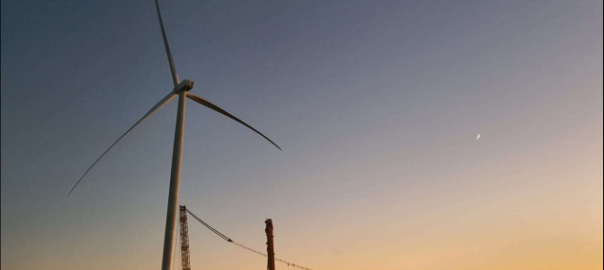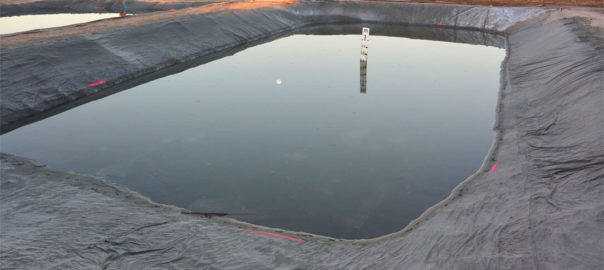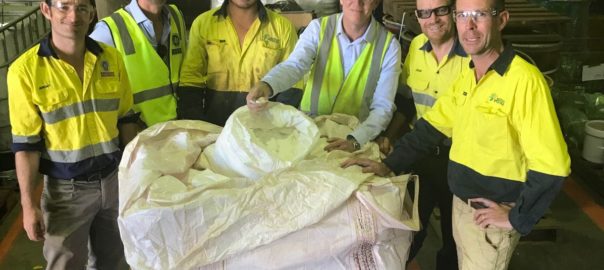Australian Potash Ltd says PWR Hybrid has been awarded “Preferred Proponent status” to build, own and operate a circa-35 MW hybrid renewable microgrid at its Lake Wells sulphate of potash project (LSOP) in Western Australia.
The power purchase agreement will be finalised through the early contractor involvement process the companies will now progress, with an improved indicative levelised cost of energy to the recently published front end engineering design study, Australian Potash said.
PWR Hybrid brings over 28 years of experience in developing power solutions to remote sites across the globe, including more than 350 MW of solar installations, according to the company.
The company also commissioned an assessment of the LSOP’s greenhouse gas (GHG) footprint as part of its preparation for compliance with the Sustainable Finance Disclosure Regulation (SFDR) regime, effective in Europe from March 10, 2021. This assessment, taking into consideration the power balance across the project and energy usage through to ports of loading in Western Australia, concluded that the LSOP will produce a CO2-e GHG that is materially lower than either a comparable Mannheim operation (LSOP<Mannheim by 69%) or solar-salt/brine operation (LSOP<other by 49%), the company said.
Australian Potash Managing Director and CEO, Matt Shackleton, said: “Strategically, we shifted the focus of the LSOP development and operations to a sustainable energy footing to capture and leverage the already low GHG footprint of a solar-salt project. With the benefit of time, and rigorous and methodical planning, several alternative configurations for the LSOP microgrid were presented and assessed.
“With our vision on the operational future of the LSOP, and therefore our end users, we consider it vital to address sustainable production of SOP as a critical path item. To that end, we have commissioned a formal, rigorous ESG audit of the LSOP which will further provide our distribution partners, end users and investors with third party validation of the project’s ESG qualities.”
The LSOP microgrid will be developed in a staged approach, with the thermal component to be completed within around 15 months of the company making a final investment decision. This timeline ensures power supply preparedness for steady-state operations.
PWR Hybrid’s Director, Ryan Green, said: “We’re extremely pleased to be awarded preferred bidder status by Australian Potash. This is further recognition of PWR Hybrid’s capabilities in the hybrid power station market.
“Having recently delivered a 12 MW gas-fired power station in Western Australia, and commenced work on the hybridisation of that project, the company is well-positioned to partner with Australian Potash to provide an industry-leading hybrid power station at the LSOP.”
Key outcomes from the 2019 definitive feasibility study on Lake Wells include:
- 30-year mine life producing 150,000 t/y of premium grade SOP utilising approximately 21% of the total measured resource estimate;
- Long mine life underpinned by 3.6 Mt reserve and 18.1 Mt measured resource estimate;
- Development capex of A$208 million ($153 million) with capital intensity of A$1,387/t; and
- First quartile industry operating costs of $262/t providing high cash operating margins.
Photo credit: juwi









